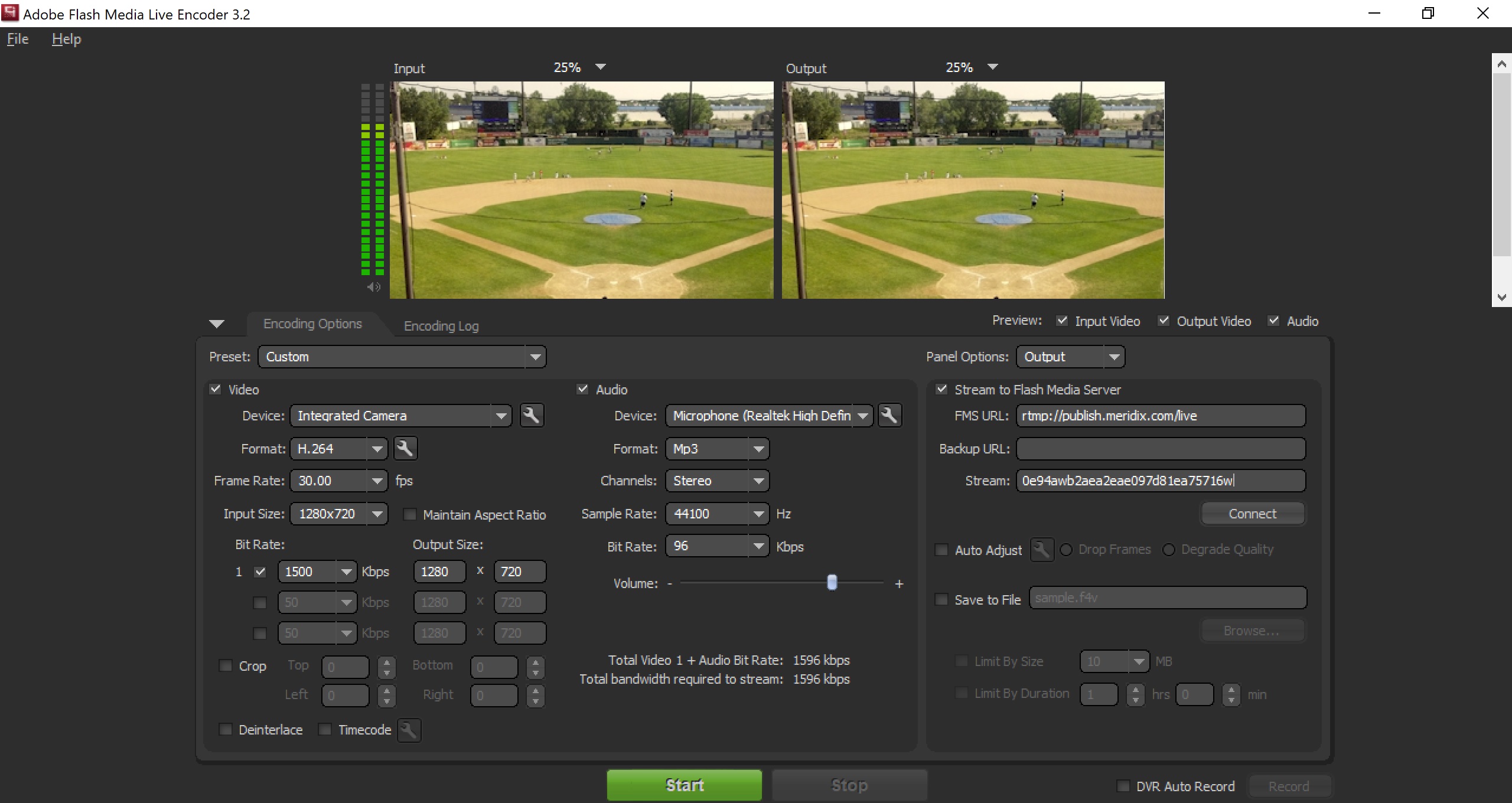
In the above screenshot, I’ve just started a new backup to a network drive, and, as you can imagine, it’s going to take quite a long time to send all that data over the network. The top disk, with the green icon, is a local hard drive the bottom disk is a network drive.

In the Time Machine preference pane, you’ll see something like this: When you do this, Time Machine alternates which disk it uses each time it runs a backup. Click Use Both to tell Time Machine that you want to use the second disk along with the first. When you do this, you’ll see a dialog asking if you want to replace the existing disk or use both. Click Select Disk, and choose the second disk you want to use. To add another disk to Time Machine, open the Time Machine pane of System Preferences. These disks can both be connected to your Mac, or can both be network volumes, or you can use one of each, as I do. To guard against this, it’s a good idea to back up to two different disks. It works automatically, every hour, backing up your Mac so you don’t have to think about it.īut sometimes Time Machine can go wrong, and your backups can get corrupted. Time Machine is a useful feature in OS X that lets you back up your Mac to an external hard drive, or to a network drive.
#AUDIO HIJACK FOR MAC ADOBE FLASH IMPORT HOW TO#
It also explains how to turn an audio file into a ringtone and - podcasters and educators take note! - how to make a chapterized AAC file. The Fission chapter has directions for trimming, cropping, adding, replacing, splitting, combining, and fading audio. You’ll also discover special features such as reusable sessions, recording to more than one file (and format) at once, scheduling recordings, time shifting during live playback, effects like ducking and panning, adding automatic metadata before recording, and more.Īnd if you have a collection of vinyl LPs, you’ll even learn how to use Audio Hijack to import those albums to your digital music library, and you can take advantage of some powerful tools in Audio Hijack to get rid of clicks and noise from the records as you do so. For example, by boosting the volume or tweaking the bass - movies on Netflix never sounded better! You’ll learn how to pipe sound through Audio Hijack to enhance its quality without recording. “Find sound advice for recording anything on your Mac!” Kirk also helps you edit recordings in Rogue Amoeba’s Fission audio editor. Audio expert Kirk McElhearn provides instructions for setting up common scenarios - including recording Skype and FaceTime calls, extracting audio from concert DVDs, digitizing LPs, and working with mics and mixers, among much else.

Learn how to use Rogue Amoeba’s Audio Hijack 3 to capture and enhance any audio playing on a Mac.


 0 kommentar(er)
0 kommentar(er)
